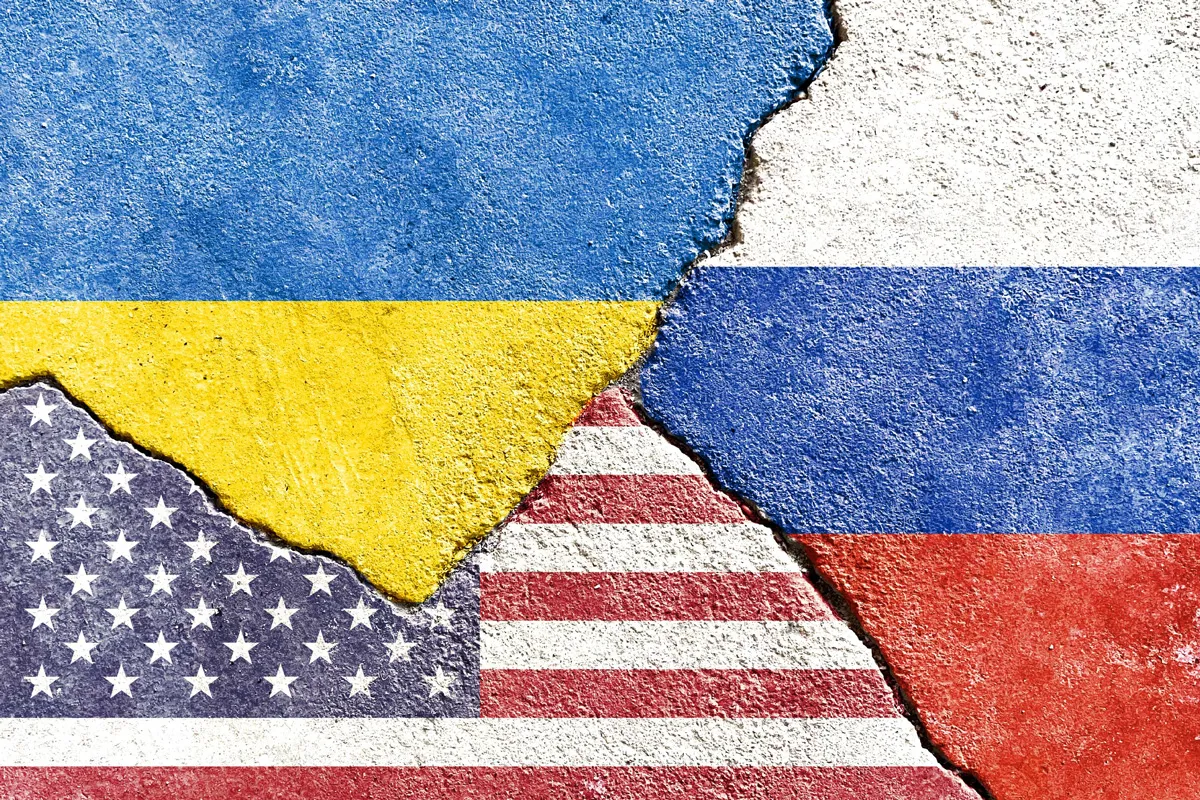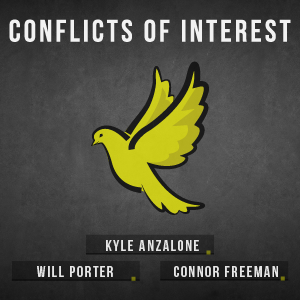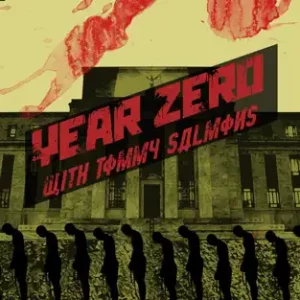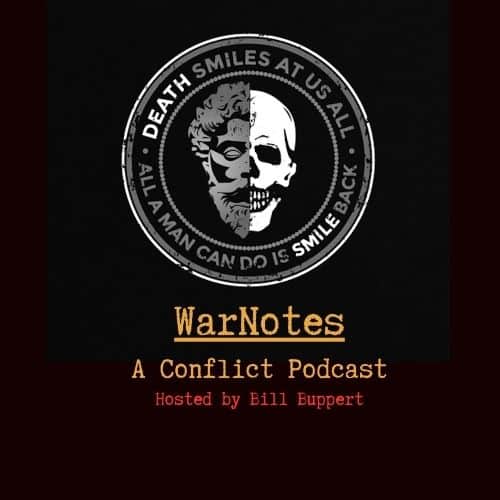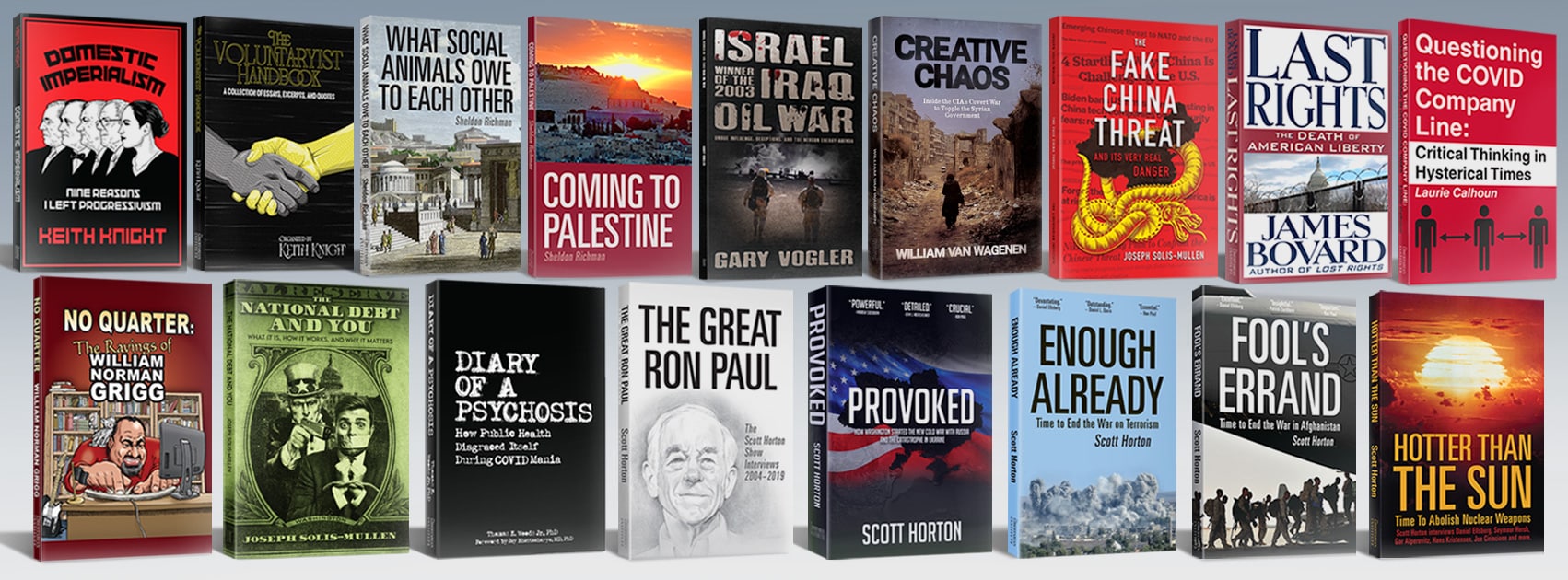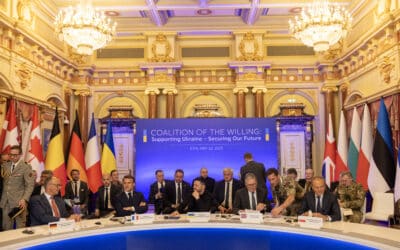A new investigation by the New York Times discloses the extent of the US support for the proxy war in Ukraine. One European official said Washington is “part of the kill chain now.”
“But a New York Times investigation reveals that America was woven into the war far more intimately and broadly than previously understood,” writes Adam Entous, who says he conducted more than 300 interviews for the story. “At critical moments, the partnership was the backbone of Ukrainian military operations.”
The article reports that US and Ukraine’s military leaders convened in Germany to design a plan to defeat the Russian invasion. Early in the war, Washington helped to locate the position of Russian generals and targets on the Crimean Peninsula for Kiev to strike.
“Every morning, officers recalled, the Ukrainians and Americans gathered to survey Russian weapons systems and ground forces and determine the ripest, highest-value targets.” The Times article continues, “The priority lists were then handed over to the intelligence fusion center, where officers analyzed streams of data to pinpoint the targets’ locations.”
When the Ukrainians questioned the US intelligence, an American general was said to have explained, “Don’t worry about how we found out. Just trust that when you shoot, it will hit it, and you’ll like the results, and if you don’t like the results, tell us, we’ll make it better.”
According to Entous, the relationship between the US and Ukrainian militaries strained over differences in strategy, writing that “The Ukrainians aimed to win the war outright. Even as they shared that hope, the Americans wanted to make sure the Ukrainians didn’t lose it.”
In some cases, Ukrainian successes in the war, such as the sinking of the flagship of Russia’s Black Sea Fleet, caused anger and panic in the White House. A second example is the 2024 Ukrainian invasion of Russia’s Kursk region. The Ukrainian general that ordered the attack exploited a CIA personnel change in Kiev to conduct the offensive without Washinton’s knowledge.
In the leadup to Ukraine’s 2023 counteroffensive, Kiev broke from the plan designed by US military leaders. The decision led one American official to tell the Times, “We should have walked away.” The counteroffensive failed to meet its objectives.
The reporting matches a remark from Eric Green, who was on President Joe Biden’s National Security Council at the time of the invasion. In January, he told Time Magazine that the White House never gave any promises to help Ukraine take back the land Russian forces had captured.
“That was not going to be a success story ultimately,” he said. “The more important objective was for Ukraine to survive as a sovereign, democratic country free to pursue integration with the West.”
According to Entous, the relationship between then-top US General Mark Milley and his Ukrainian counterpart, General Valery Zaluzhny, became so fraught that the Pentagon worked up “an elaborate telephone tree” that included entrepreneur Igor Pasternak, who would use his contacts in Ukraine to beg Zaluzhny to return Milley’s calls.
While Washington struggled for influence in Kiev, London had more sway. In one case, an American general went to the UK defense minister to force Ukraine to dismiss Major General Andrii Kovalchuk, who did not conduct the operations recommended by the US military leadership.
The NYT investigation also found that as Washington escalated support for Kiev, including allowing the CIA to coordinate strikes on Russian positions near the front lines, the CIA was additionally authorized to help Ukraine use a maritime drone developed for Taiwan against the Russian Black Sea fleet.
However, the White House was concerned about pushing the Kremlin to turn to its nuclear arsenal. At one point in the war, US intelligence agencies believed there was a 50% chance Russia would use a tactical nuclear weapon.
As Ukraine became more desperate, the war plans became bolder. In 2024, the US provided Ukraine with arms for a military operation intended to drive Russia from the Crimean Peninsula, while the CIA also helped to plan an operation to destroy the Kerch Bridge connecting Crimea to the Russian mainland.
Entous compared the war in Ukraine to those fought in Vietnam and the Soviet invasion of Afghanistan, arguing that it could give the West a future conflict with Russia. “That was not going to be a success story ultimately. The more important objective was for Ukraine to survive as a sovereign, democratic country free to pursue integration with the West,” he wrote.


